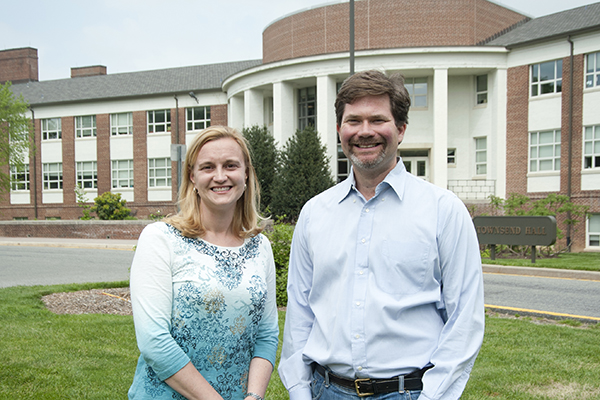
Conserve
Our Mission: To facilitate the adoption of transformative on‐farm treatment solutions that enable the safe use of nontraditional irrigation water on food crops and effectively reduce the nation’s agricultural water challenges that are exacerbated by climate change.
Our Vision: To be a national resource bringing together research, outreach, and education to effectively reduce the nation’s agricultural water challenges that are exacerbated by climate change
Conserve Educational Resources
Two web-based animations developed by New Mexico State University Innovative Media and Extension provide overviews of sources, use, and safe reuse of water with emphasis on the importance of water for irrigation of food crops.>
CONSERVE infographics illustrate historical societal efforts for provision of water for drinking, agriculture, and other needs. The infographics feature a broad timeline of technologies developed for the acquisition and treatment of water as well as regulations implemented to assure the safety of water prior to use and disposal.
A two-page informational text describes the cycle of safe water reuse and importance to the production of food. A set of questions is provided to exercise and evaluate student understanding of the informational text as applied to various class subjects including English Language Arts, Science, Mathematics, Social Studies, and Health. Connections to education content standards are included.
Two web-based animations developed by New Mexico State University Innovative Media and Extension provide overviews of sources, use, and safe reuse of water with emphasis on the importance of water for irrigation of food crops.>
CONSERVE infographics illustrate historical societal efforts for provision of water for drinking, agriculture, and other needs. The infographics feature a broad timeline of technologies developed for the acquisition and treatment of water as well as regulations implemented to assure the safety of water prior to use and disposal.
Conserve Water for Food is provided in two formats: 1) a slide presentation for educators to deliver and discuss the content, and 2) interactive slides for self-guided work by students. Students interact with content by moving embedded shapes to identify decisions related to risk assessment, enter reasoning for decisions in boxes, and show mathematical computations related to data. Students’ interactions with the slides serve as a learning assessment tool.
Two web-based animations developed by New Mexico State University Innovative Media and Extension provide overviews of sources, use, and safe reuse of water with emphasis on the importance of water for irrigation of food crops.>
CONSERVE infographics illustrate historical societal efforts for provision of water for drinking, agriculture, and other needs. The infographics feature a broad timeline of technologies developed for the acquisition and treatment of water as well as regulations implemented to assure the safety of water prior to use and disposal.
The Food and Water Safety for One Health presentation provides an overview of fundamental concepts related to food microbiology and safety control strategies, foodborne illness outbreak surveillance and investigation, and the importance of environmental water resources for safe food production. The slide set can be used in whole or in part to support instructional needs. The accompanying Educator Guide outlines the key learning concepts, education content standards supported, and recommendations for use with other Conserve educational resources.
The CONSERVE Foodborne Illness Outbreak Investigation case study presents a scenario in which food has been implicated as a vehicle for an illness outbreak of microbiological origin. Students assume various roles to investigate and solve the outbreak and to evaluate approaches to prevent recurrence. The case study can be presented to students in written format for individual completion in class or as a homework assignment. The case study can also be presented as manipulatives with escape room gaming features in which students are assigned to groups to solve the phases of the investigation and share group findings as a class. Instructor-led presentations are provided to support student discourse after student completion of the investigation individually or in groups.
*This work is funded by the United States Department of Agriculture – National Institute of Food and Agriculture grant number 2016-66800725064.


